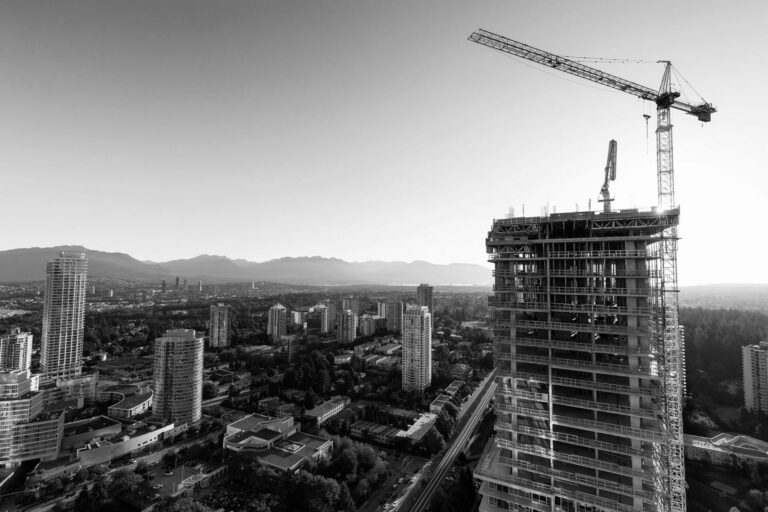Egypt and its historical dynasties have been developing and evolving for thousands of years. The country has a Egypt and its historical dynasties have been developing and evolving for thousands of years. The country has a long and illustrious history of innovation, construction and creative thinking. One only needs to consider the meticulous detail involved in creating languages as complex as hieroglyphics and the awe-inspiring pyramids of Giza to appreciate the level of thought and skill that is abundant in the area. Alongside this, the country also benefits from the Nile River and its fertile banks and deltas. Diverse ecology and the settlements that were attracted to the areas have ensured that Egypt has maintained a strong presence in the global economy. While the area surrounding this enormous river contains wide, deep valleys, the idea of growing large swathes of greenery and trees in the country is mostly a fanciful one. The country is a staggering ninety-six percent desert and the small part of what is left has been carved up between cities and farmers. With such a large portion of the country being desert land, it could seem as though Egyptians are comfortable with the yellow and blue of sand and sky. What may not be as well known, however, is the ecological danger that these deserts possess. Deserts cover one third of the earth’s surface and it is estimated that they are expanding by thousands of square miles each year, taking over otherwise essential land for food and growth.
Deserts can be unfairly dismissed as cold and lifeless. The truth however, is far from this misconception. With each desert having its own unique biological profile, they are abundant with both flora and fauna. Furthermore, species of which exist in these environments exclusive to anywhere else on the planet. According to environmentalscience.org, the distinct balance of these environments makes them both vital and delicate. “The Mojave Desert is a case in point; it’s one of the harshest environments on the planet with a humidity level that rarely goes higher than 40%, yet it maintains abundant biodiversity throughout the seemingly barren topography. All species have adapted to live in this harsh environment, and many are protected because of their geographical limitations and delicate ecological requirements of coping with the high temperatures and dry environment.”

The importance of deserts is clear. However, in the case of Egypt, there are additional details which add nuance and context to any discussions around these sandy lands. With such an enormous percentage of the being classified as desert, it is vital that Egypt prevents further erosion of otherwise fertile ground. Food supplies and economic growth largely hinge on the countries ability to limit the desertification of its natural resources. “Desertification is the process of land degradation in arid, semi-arid and sub-humid areas due to various factors including climatic variations and human activities.” Simply put, desertification results in persistent failing of fragile ecosystems due to man-made activities, with overgrazing being the major cause of desertification worldwide. Other factors that cause this include urbanization, climate change, overuse of groundwater, deforestation, natural disasters, and tillage practices in agriculture that make soils more vulnerable to wind. In a country where four percent of its land can be used to home and feed a population, this is fast becoming a crisis.
According to the United Nations Convention to Combat Desertification (UNCCD), land degradation is a global environmental issue with numerous for socio-economic and ecological development. “Land degradation leads to reduced production capacity in addition to soil erosion, physical/chemical/biological/economic land deterioration, and long-term loss (or degradation) of vegetation.” So what can be done about this? The answer is as startling as it is innovative. Trees. It should come as no surprise that a country with such a rich heritage in construction, innovation and infrastructure has tapped into the abundant combination of intense heat and locally sourced wastewater. The results of this combination are staggering.
Egypt’s Serapium Forest is located on the outskirts of Cairo, an area of vital importance to the livelihood of Egyptians. For two decades, the trees planted there have been irrigated with treated wastewater and as a result, they have grown over three feet wide in this time which is truly a remarkable achievement. The forest, which is a short distance from the Ismailia governorate, was originally a dry desert that saw no irrigation and plantations. With over 40,000 people living in the area, Ismailia’s residents were proactive in utilizing the significant amount of wastewater that are produced everyday. Remarkably, while only 15% of the forest project has been completed, it is already nearly 8,000 kilometers long and is scheduled to be completed by the end of 2030. When finished, Serapium Forest will cover over 100 million hectares (247 million acres).
“When finished, Serapium Forest will cover over 100 million hectares (247 million acres).”
The forest is the result of a research collaboration between German and Egyptian scientists. The group directed efforts to utilize Egypt’s abundance of sunlight to grow massive plantations. Established in 1998 by the Ministry of State for Environmental Affairs, in cooperation with the Ministry of Agriculture and Land Reclamation of Egypt (MALR), the project aimed to implement the National Program for the Safe Use of Treated Sewage Water for Afforestation. While the primary goal for the project, from a MALR perspective, was to halt the spread of deserts into fertile areas, it faced huge challenges due to Egypt’s lack of clean water and rain during the winter. However, the innovative and ambitious program harnessed the sewage wastewater, thus making the project sustainable and resource efficient.
According to Hossam Hammad, a Professor of agriculture at Ain Shams University in Cairo, the benefits of using this water are incredible. “The wastewater is rich in phosphorus and nitrogen, something that has supercharged the trees.” With these trees offering the ability to slow down desertification as well as stopping erosion, providing shade and moisture, it seems as though the decision to use wastewater has given Egypt a chance of clawing back some of that ninety-six percent. In addition to this, Ragaei Saafan, project manager at Serapium Forest, believes that using sewage water to grow trees in the desert will help transform large areas of the Egypt into economically viable areas. “Treated sewage water is funneled into the area, and has been a boon for making previously infertile land arable and economically viable. The evergreen forest will help to purify the air all year round, as well as exerting nutrients into the area that will help the nation’s efforts in combating desertification.”
While the battle to halt the desertification of potentially vital lands has certainly not yet been won, the emergence of Serapium Forest offers the hope that it may be, one day. Not only has this innovative use of wastewater proved transformative in the goal of retaining healthy land in an area just outside Cairo, it has also provided the blueprint for other countries where desertification is an issue. With afforestation offering cleaner air and assisting with lowering the high summer temperatures, this project and developing similar ones will be keenly watched in the coming years.


















